Advanced pricing strategies for publishers
How to find the right number for your business.
How creators and companies price their products can seem like a mystery from the outside. Why do some charge 10x the amount of others? How can a business thrive with such low prices? Is there a magic formula to help?
In this resource, you’ll learn exactly what to consider when choosing a price for your subscription business, find out why magic formulas aren’t helpful, and how to know when you’ve found the right number.
- When first starting out, keep your price as simple as possible. Offer only 1 monthly or yearly option. We’ll discuss when tiers are best utilized below.
- Set a price right away, even when the amount of content or value you provide is still growing. The only way to know how much people are willing to pay is to give them the option often and early; then, you can improve as you gather more information.
- Start higher than you think. There are a host of reasons premium prices are better for business (fewer customers needed, higher margins, more resources to reinvest). Plus, it's easier to test lower prices (with discounts) than to shock your audience with rate hikes.
The most important pricing question
By the end of this article, you’ll have a good sense of how much you should charge. But in order to get there, you must first answer this foundational question: who is your audience?
Defining your ideal customer will also clarify what you can realistically charge. For example, a student working an entry-level position likely won't have the funds for a several thousand-dollar subscription. On the other end of the spectrum, a late-career professional who relies on your content for work will be able to justify much more than $10/month.
The better you understand who, the more successfully you’ll be able to answer how much.
To help you with this process, here are a few additional questions to consider, along with examples of publications, creators, and newsletter writers who've perfected their pricing strategy.
Who is paying for this?
This next question is one many creators and publishers overlook in the early stages. The person who consumes your content and the one who pays for it are not always the same.
The most common situation of this is when an employee or business owner “expenses” what you’ve made — meaning they claim it as a business expense, so the cost doesn't come out of their own pocket. A publication targeted toward these audiences will be able to charge a more premium rate than those reaching individual customers.
Here’s a quick comparison to illustrate the concept.
AI Weirdness is a “machine learning humor blog” run by the research scientist Dr. Janelle Shane. Their blog covers a host of topics related to artificial intelligence. But rather than taking a methodical approach to the information, Dr. Shane shows what this technology is capable of (as well as its limitations) through entertaining experiments.
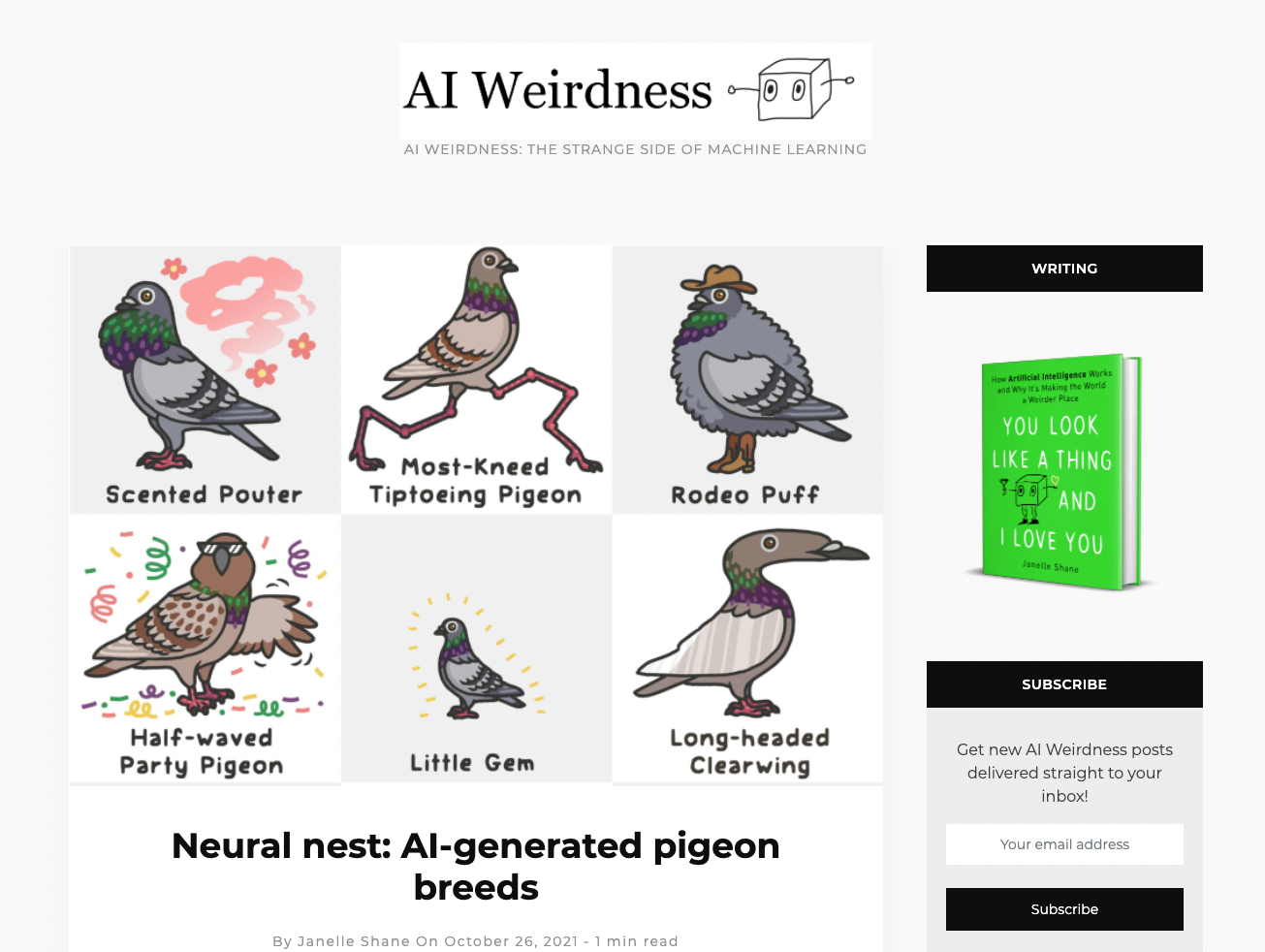
Because this publication is more focused on entertainment than business opportunities, the audience is made up of tech-enthusiasts willing to support this work because they want it, not because they need it.

In contrast, the Financial Times focuses on global markets, business analysis, and economic news. A significant portion of its readership relies on its content to perform their jobs well. This raises the value proposition, enabling businesses to cover the cost for their workers; and for FT to charge more (up to $675 per year for a print + digital subscription).
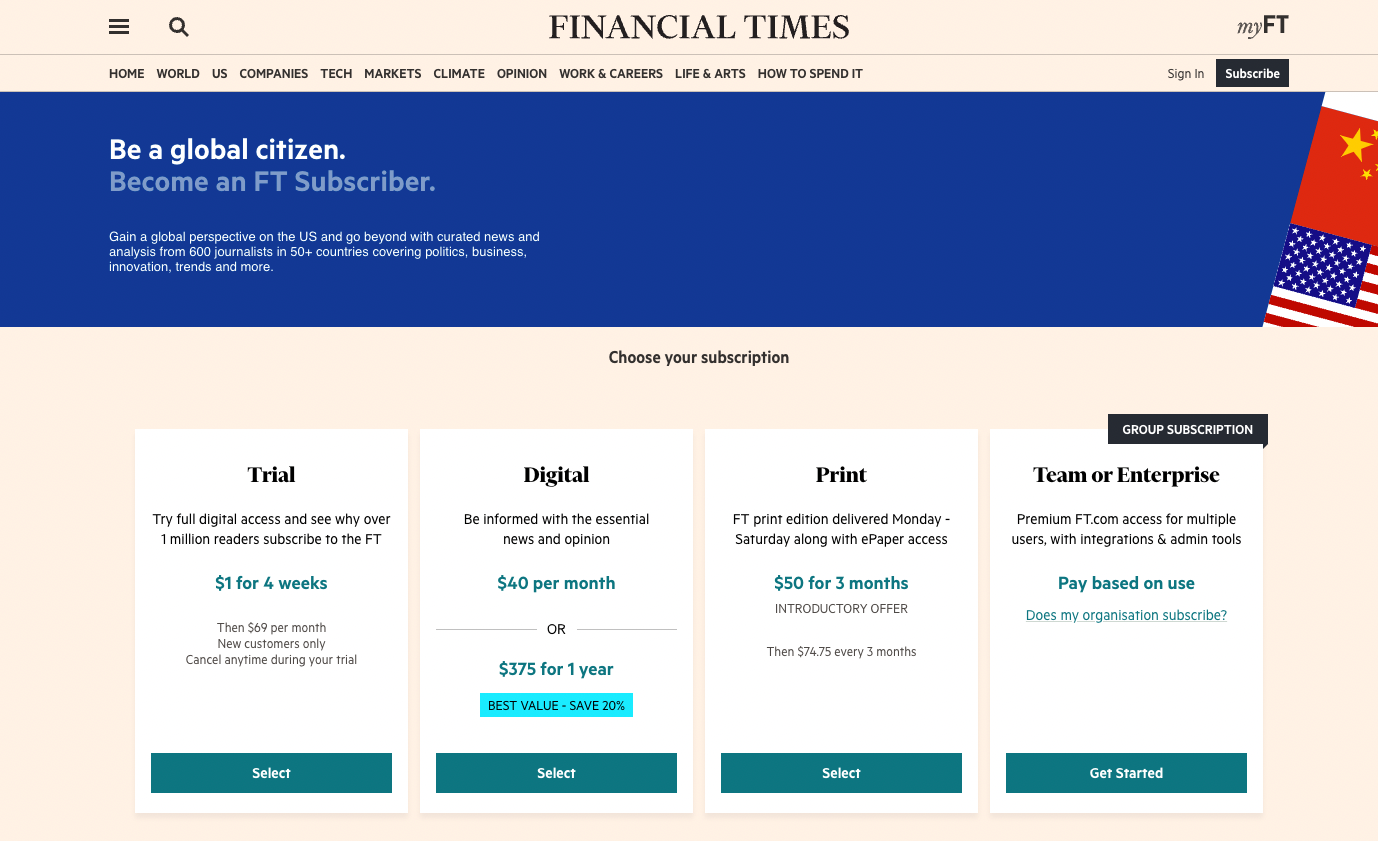
What is the purpose?
As we drill one level deeper, the next question we’ll encounter is why. Why do people want what you’ve made? What does it provide?
A few of the broad categories most newsletters and subscription products fit into are:
- News — Readers want to be informed.
- Health — Readers want to feel, look, or perform better.
- Entertainment — Readers want to laugh, cry, experience, or escape.
- Business — Readers want to make or save money.
The Browser is a daily newsletter that curates a wide variety of “interesting and outstanding stories.” Its purpose is entertainment. The audience has the expectation that they’ll be surprised by what they receive and be able to share that information or experience it with others. And although The Browser is an expertly crafted publication, its purpose of entertainment will limit its price ceiling.
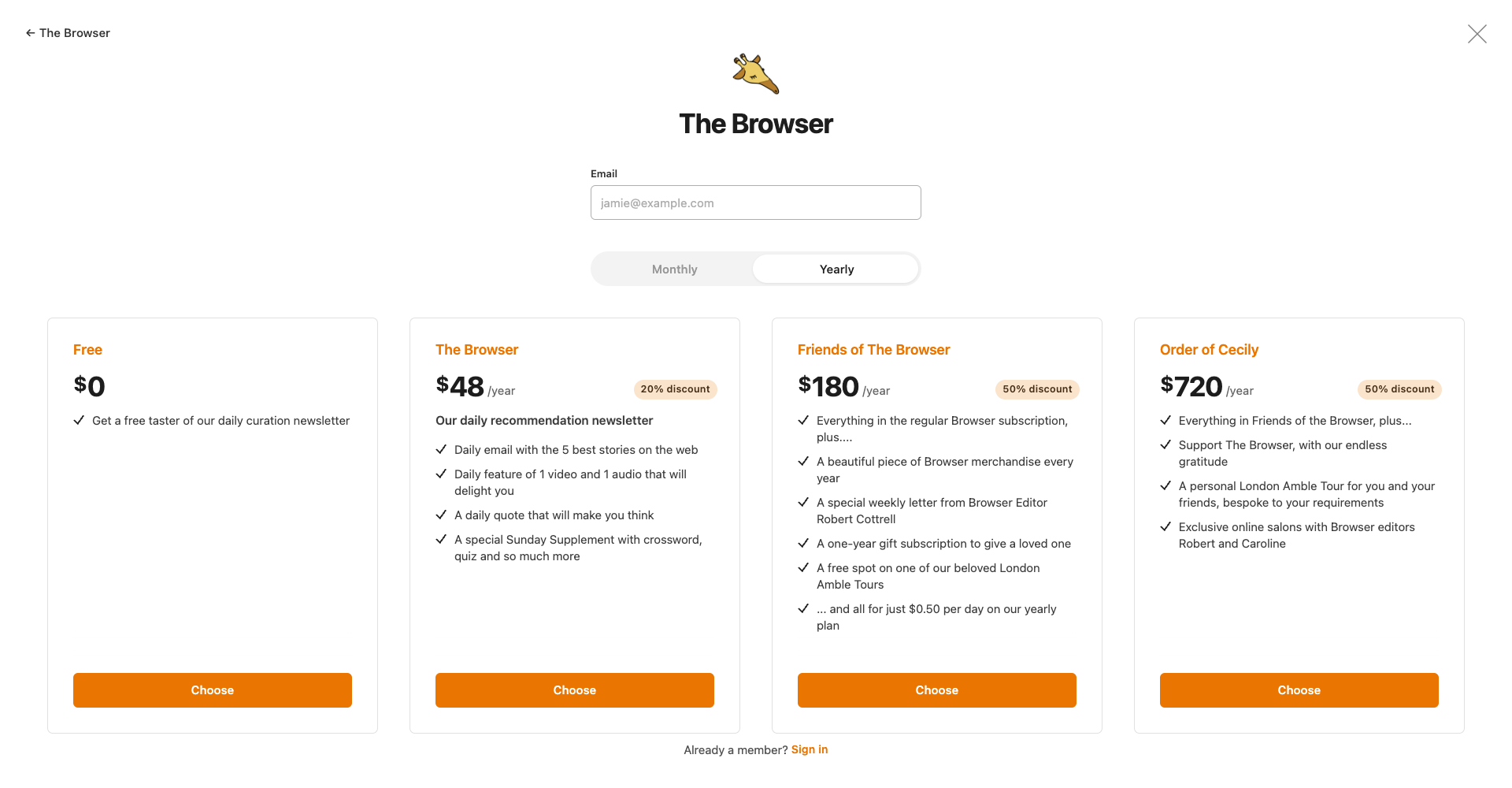
Exponential View straddles two categories, news, and business, but targets readers who want to "identify new opportunities" in their industry. By taking stories that may be available through other outlets and approaching them from a business perspective, EV can charge more than their news-only alternatives because the potential upside for readers is higher.
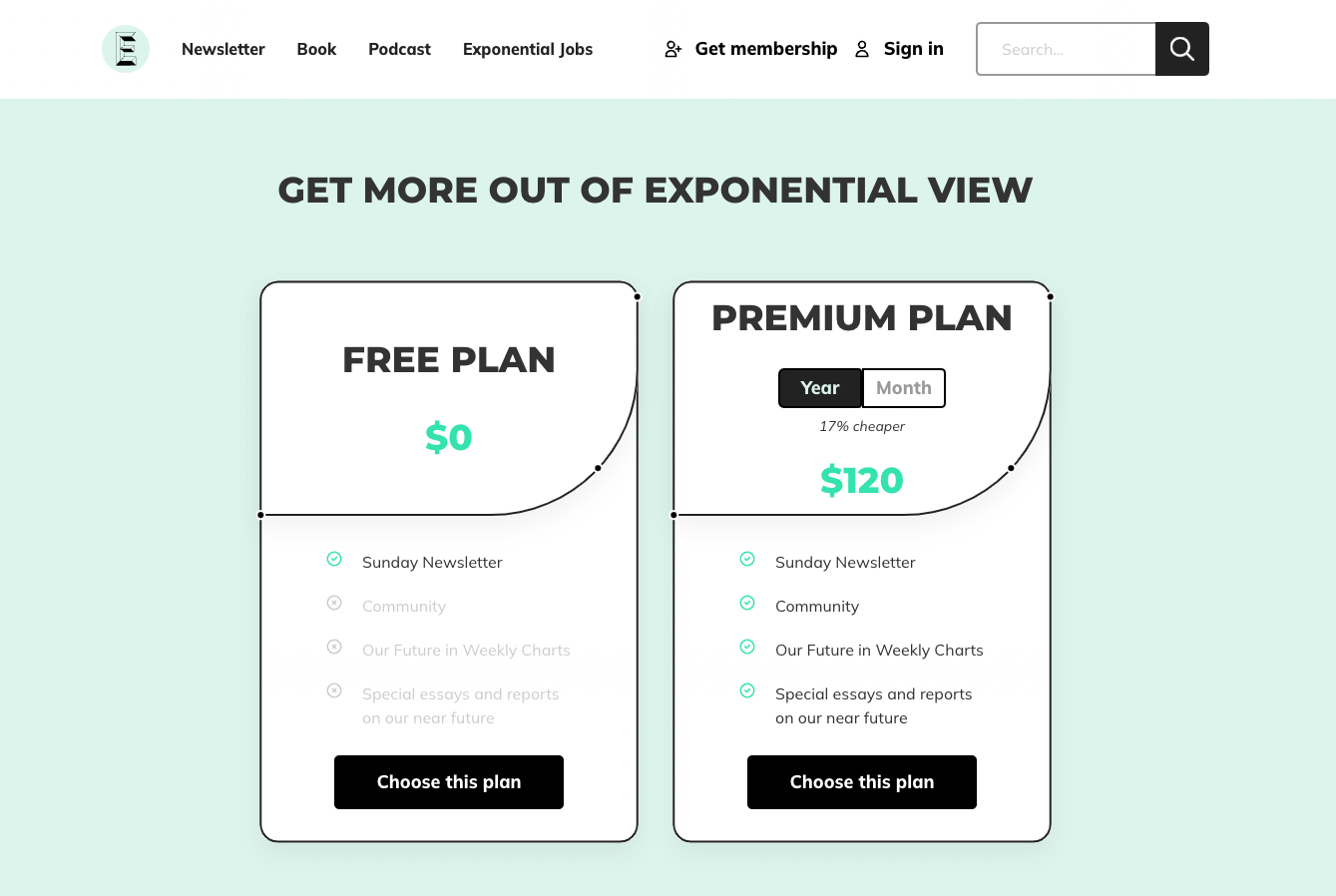
What do similar publishers charge?
Competition works differently in the online space. Content creators that reach the same audiences as you, or address similar topics, aren’t necessarily your competition. Most spaces, niches, and industries can accommodate a variety of voices. The trick is to learn what you can from them while figuring out your unique angle.
Pricing is a perfect example of this.
The wrong way to build a pricing strategy is to focus all of your energy on matching those similar to you, undercutting their prices when you can, and attempting to steal away their customer base. A better way is to try and understand the reasoning behind what they do, why people like them, and which opportunities are they leaving untapped?
Learning more about your niche can also help you understand factors like potential audience size, market rates (what are people willing to pay from similar products), and reader preferences.
Two examples of these principles are the local newsletters The Savannahian and Naptown Scoop. Both cover hyperlocal events and stories centered around a single location: Savannah, Georgia, and Annapolis, Maryland, respectively.


Outlets like these are usually run by a single person or a small team. By keeping costs low, they’re able to produce quality content while charging less (usually $5-10 per month). Plus, their focus on a specific geographic region opens up additional monetization avenues, such as local advertising and sponsored events.
While these publications may “compete” in the same category, they reach entirely different audiences and can therefore learn from those in their space instead of battling them. Competition isn't a bad thing. It's a sign of interest, demand, and opportunity.
What is your content strategy?
How people access your content will impact not only how much you charge, but also how you charge in the first place.
At the beginning of this post, we mentioned that the best strategy is to keep your pricing simple by only offering a single option. This is true in most cases. However, your content strategy can, and should, impact this choice.
If you choose to put your content behind a paywall, promoting a single price for access will be the most effective option. It's easy to understand, and the value proposition is immediately apparent (I can read this if I pay; otherwise, I can't.)
Some publishers choose to make their content public and monetize through donations or ask for readers' support. This is a viable business model and benefits from multiple pricing options, as some readers will only be able to pay a small amount, while others will want to show their support in a more significant way.
To showcase both examples, here are two sites worth reviewing.
The first is Trade Confident, a daily newsletter that shares cryptocurrency trading tips and metrics. Aside from a few public updates, all of the content on the site is for members only and requires a monthly subscription of $95 to access (the only pricing option available).
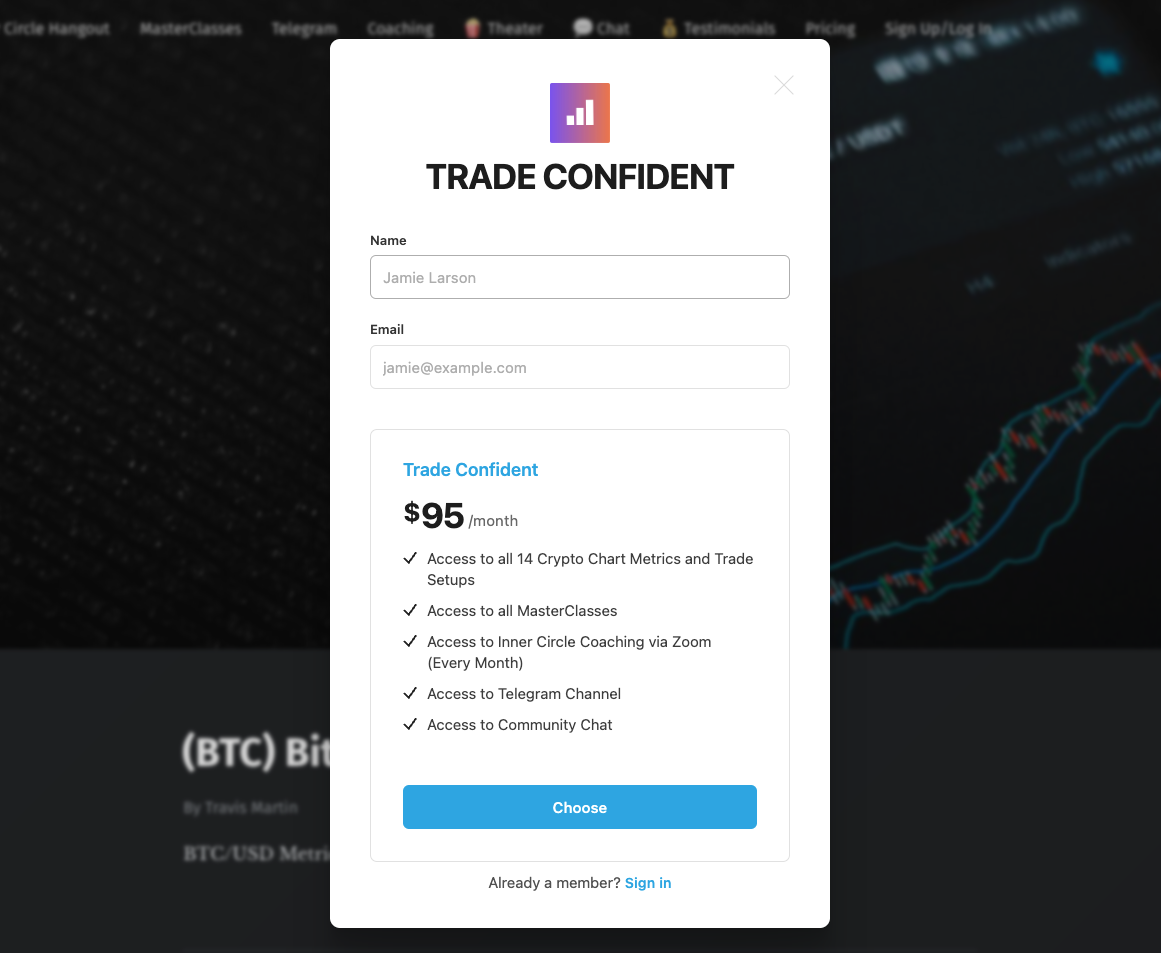
The second example is Tangle, a daily politics newsletter that offers a non-partisan take on current events. The vast majority of content is free, but readers can support the organization by choosing a paid tier. While the different support tiers do offer special rewards, the core value (a daily politics newsletter) remains the same.
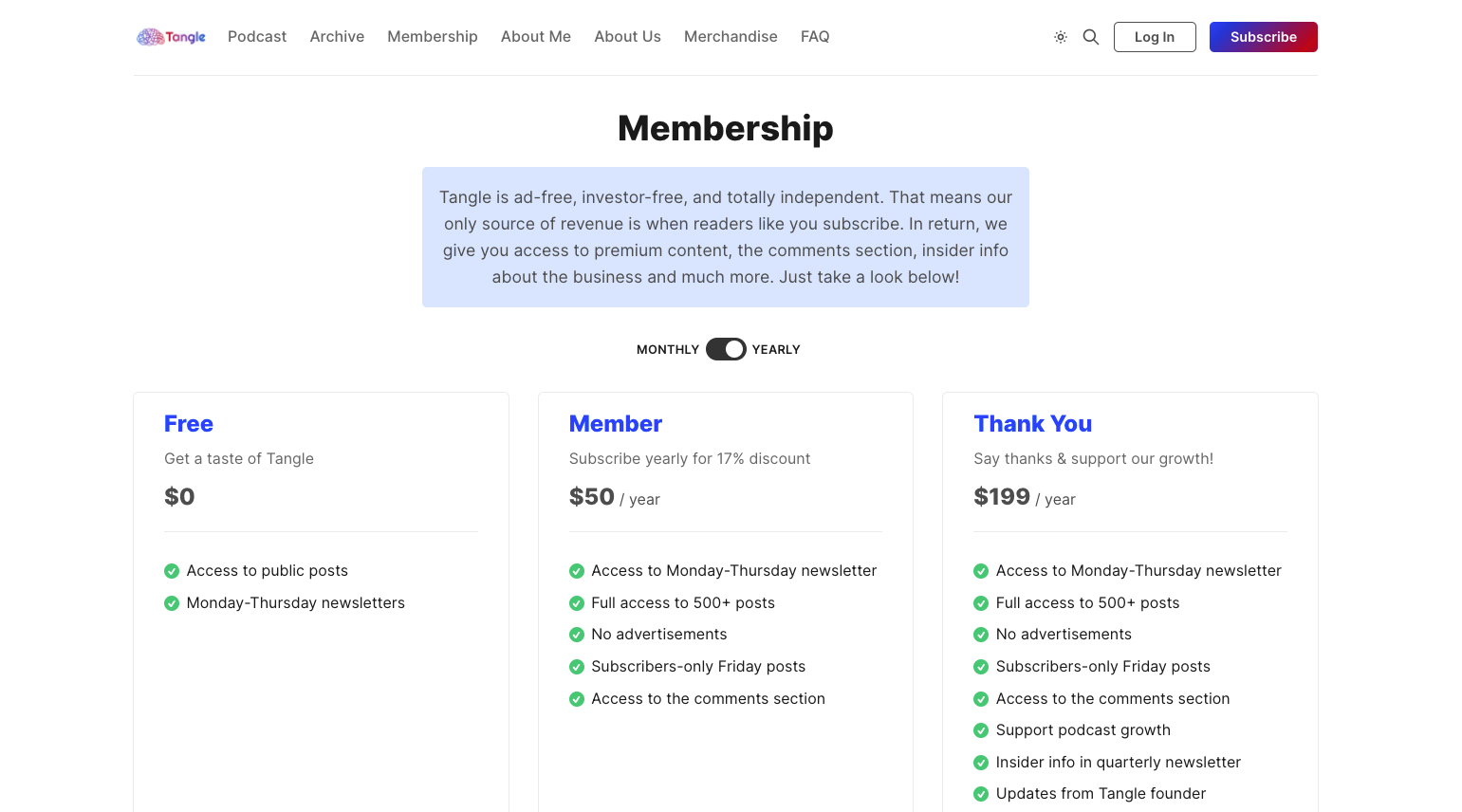
Other pricing considerations
Two final elements to consider when pricing your subscription product are: brand image and monetization strategy.
Sometimes what you charge can impact more than just the bottom line. For example, premium prices can communicate higher quality content or a more prestigious readership. Depending on your target audience, a brand image may be a consideration because it can open the door to new opportunities and relationships.
On the flip side, your price will drive revenue in indirect ways. If you want to monetize in multiple ways by running ads, sponsorships, or affiliate recommendations — a lower price may be in your best interest since it will attract a bigger audience. When several income sources are part of the equation, pricing becomes a tool to balance revenue rather than drive it.
How to know if your price is right?
By now, you’ve encountered a variety of questions to help you find a pricing strategy that makes sense for you. But even as you answer these, you might still be wondering: how do I know when I’m on the right track? What markers or signals are there to point me in the right direction?
Here are three considerations:
- Balanced conversion and retention. Are you regularly adding new paid members, and are they staying around? If either metric is underperforming (or overperforming), that means there's room to experiment with your pricing in order to capture the most value possible.
- Meeting measurable business goals. If you’re achieving the goals set out for your publication (covering expenses, hiring freelances, going full-time), then you’re on the right track. When your goals seem drastically out of reach, that is when significant changes are needed.
- Overall revenue growth. A good pricing structure will mean people are positively responding to your content. Whether that means becoming a paid member, engaging with your sponsors, or purchasing your merchandise and recommendations. If your bottom-line number is moving up and to the right, then it’s time to celebrate that your efforts are working.
Pricing is equal parts science and art. The guidelines presented above will help you navigate this tricky terrain so you can earn what you deserve while creating for others.






